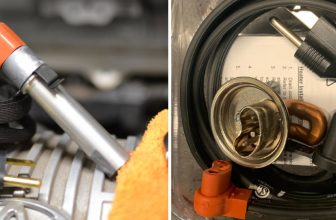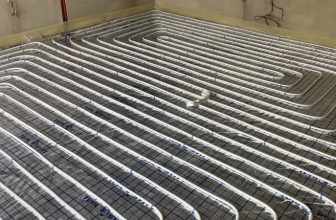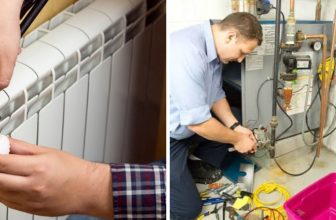How to Check Water Heater Pilot Light
Are you struggling to figure out how to check water heater pilot light? You’ve come to the right place. In today’s blog post, we will examine all of the steps needed in order to safely and accurately check if your water heater’s pilot light is lit and whether or not it needs any adjusting. We’ll also provide some tips for what to do if you find that your pilot light is off so that you can avoid costly repairs down the line. Let’s get started!

Finding out whether your water heater pilot light is on or off can be tricky, particularly if you aren’t familiar with the inner workings of one. Even experienced home appliance owners can struggle to access and inspect their unit’s parts in order to accurately determine their status.
But having a working pilot light is essential for a safe propane or natural gas-powered hot water heater—fortunately, it doesn’t have to be complicated! In this blog post, we’ll provide step-by-step instructions on how to check your water heater pilot light so that you can safely assess its condition and make any necessary repairs or replacements.
Why is It Important to Check Water Heater Pilot Light?
It is important to check the pilot light on your water heater for many reasons. Such as:
1. To Make Sure That the Appliance is in Proper Working Order
One of the most important reasons to check the pilot light on your water heater is to make sure that the appliance is in proper working order. The pilot light ensures that there is a continuous flow of gas and air through the appliance, which helps ensure it will perform its best. If the pilot light isn’t burning properly or has gone out, this could lead to problems with the appliance.
2. To Prevent Issues Such as Carbon Monoxide Poisoning
When a water heater’s pilot light is not working properly, it can lead to hazardous conditions such as carbon monoxide poisoning. Carbon monoxide is an odorless and colorless gas that can be very dangerous when inhaled in large amounts. By regularly checking the pilot light, you can ensure that it is burning properly and reduce the chances of carbon monoxide poisoning.
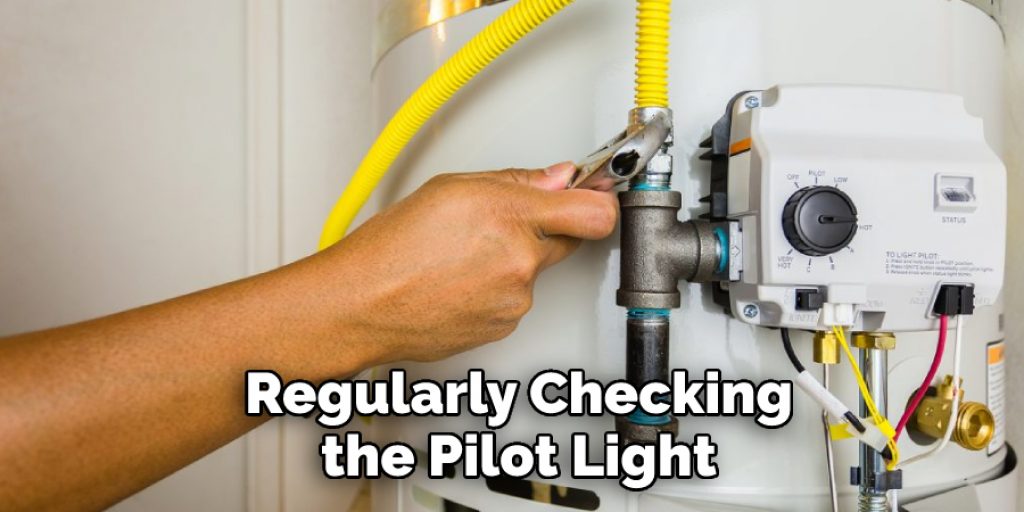
3. To Save Money on Utility Bills
If your water heater’s pilot light isn’t functioning correctly, it can cause the appliance to use more energy than necessary. This can lead to an increase in your utility bills. By regularly checking the pilot light, you can make sure it is burning correctly and help save money on your utility bills.
Regularly checking the pilot light on your water heater ensures that your appliance is in proper working order, reduces the chances of hazardous conditions such as carbon monoxide poisoning, and saves money on your utility bills. It is important to check your water heater pilot light regularly and make any necessary repairs or adjustments to keep it functioning properly.
How to Check Water Heater Pilot Light in 6 Easy Steps
Step 1: Turn Off the Gas Supply
The very first step is to turn off the gas supply. To do this, locate the shut-off valve near your water heater and close it. This will ensure that no additional gas is released while checking the pilot light.
Step 2: Check for a Spark Ignition
Most modern water heaters have an electronic spark ignition instead of a pilot light. You’ll need to press the reset button if you have such a water heater. If it ignites, then you don’t have to proceed with further steps.
Step 3: Look for the Pilot Light
If your water heater has a pilot light, open the access panel and look at the bottom of the tank. You should see two small tubes connected to the gas valve. Also, look for a small red light. This is the pilot light and it should be burning steadily.
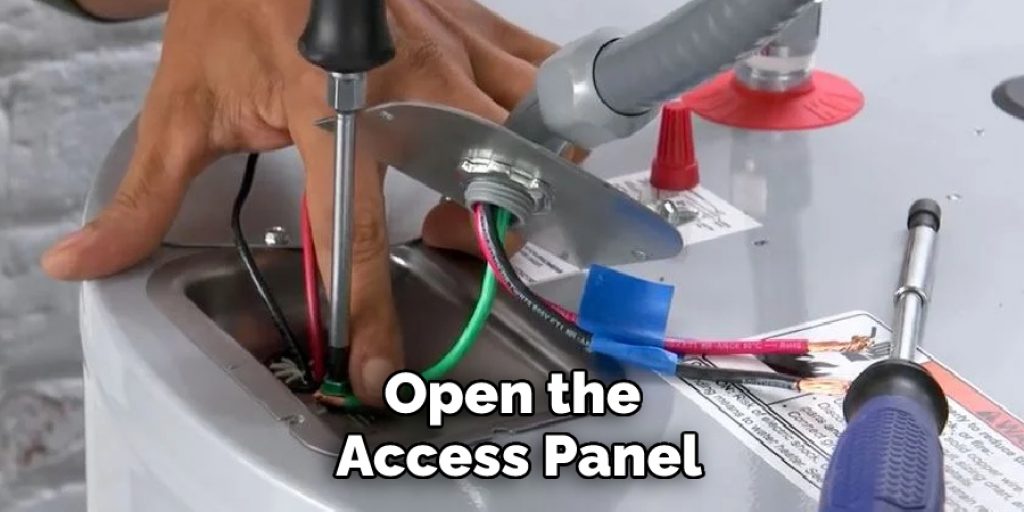
Step 4: Be Careful When Lighting the Pilot Light
If you don’t see the pilot light, take extra precautions when lighting it. Follow all safety instructions on your water heater and wear protective clothing to prevent any injury from occurring. Make sure the area is well ventilated to avoid any hazardous fumes.
Step 5: Adjust the Pilot Flame
Once the pilot light is lit, use a screwdriver to adjust the flame. Make sure it’s burning steadily and not too large or small. Make sure the flame is also touching the thermocouple. Be careful while adjusting the flame to avoid any accidents.
Step 6: Test the Pilot Light
After making all necessary adjustments, test the pilot light by turning on the gas supply. If it lights up and stays lit, then you’re done! If not, ensure all connections are secure and the flame is adjusted correctly.
These simple steps will help you check and adjust the pilot light of your water heater. Just make sure to follow all safety instructions and take extra care while handling the gas valve. And always remember to turn off the gas supply before trying any repairs!
Some Additional Tips to Check Water Heater Pilot Light
1. Do Not Work Alone
This is very important – it’s best to have a second set of eyes and hands when working on any gas or electricity project. So make sure you have someone to help you check the water heater pilot light.
2. Wear Protective Gear
While inspecting and checking the pilot light, it is essential that you wear protective gear like gloves, glasses, and a face mask. These will protect you from any hazardous situations involving gas or electrical wires.
3. Shut Down the Power
Before checking the pilot light, make sure to shut off the power to the water heater. This will ensure your safety during the inspection and prevent any potential accidents. Also, make sure the power is off while making any adjustments to the pilot light.
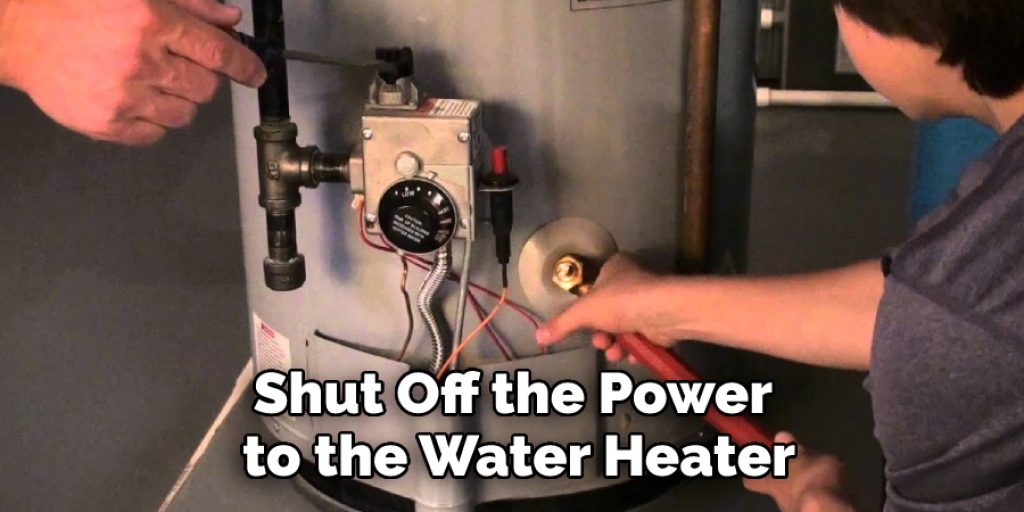
4. Check for Leaks
While inspecting the pilot light, it is also important to check for potential leaks in the system. If you notice any leaks or signs of wear and tear, it is best to call a professional plumber immediately.
5. Test the Pilot Light
Once all the safety precautions have been taken and you’re ready to light the pilot light, refer to your water heater’s manual for specific instructions on how to do it correctly. In most cases, lighting a pilot light involves turning off the gas valve, pressing the reset button, and then turning on the gas valve again.
Frequently Asked Questions
What Precautions Should I Take When Checking The Pilot Light?
When checking the pilot light of a water heater, it is important to take safety precautions. Make sure to shut off the gas valve before attempting to check the pilot light and use a flashlight or lighter in order to see inside. Wear protective clothing such as long sleeves, pants and closed-toe shoes while performing the inspection. Avoid handling the water heater if possible and keep a fire extinguisher nearby in case of an emergency.
How Can I Tell If The Pilot Light Is On?
The pilot light will usually be visible through a small viewing window in the front of the water heater. However, if you are having trouble seeing it, use a flashlight or lighter to illuminate the area. You should see a blue flame inside the viewing window if the pilot light is on.
What Should I Do If The Pilot Light Goes Out?
If the pilot light goes out, it could be due to low gas pressure or an air leak in the line. First, try adjusting the gas pressure and checking for any air leaks. If that does not fix the problem, then you may need to relight the pilot light. Refer to your owner’s manual for instructions on how to do this safely.
What Should I Do If The Pilot Light Does Not Stay Lit?
If the pilot light keeps going out, it could be due to a faulty thermocouple. The thermocouple is a safety device that shuts off the gas when the pilot light goes out. Check your owner’s manual for instructions on how to check and replace this component if necessary.

Can I Check The Water Heater Pilot Light Myself?
Yes, it is possible to check the pilot light of your water heater yourself. However, it is important to take safety precautions and follow all instructions carefully. If you are unsure of how to proceed, it is best to call a professional plumber for assistance. Make sure to shut off the gas valve before attempting to check the pilot light.
Conclusion
Now you know how to check water heater pilot light. If the light has gone out, you should be able to relight it fairly easily with a few simple steps. If you have trouble doing this or if the troubleshooting doesn’t work, call a professional for help.
It is important to keep your water heater running properly so that your hot water will always be available when you need it. Knowing to check the pilot light is an important part of keeping your water heater working properly.


